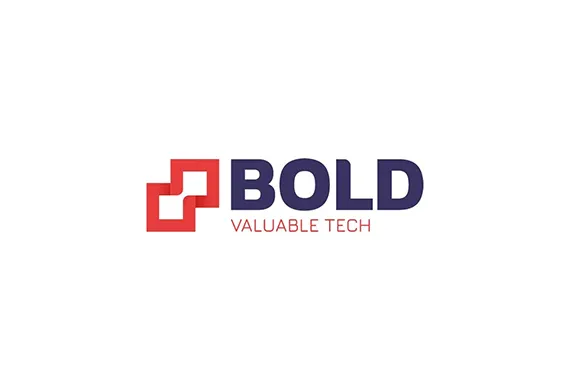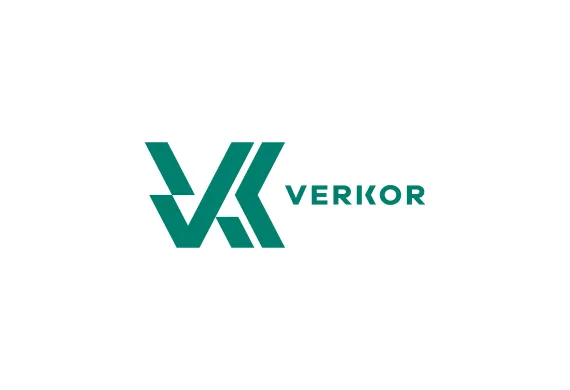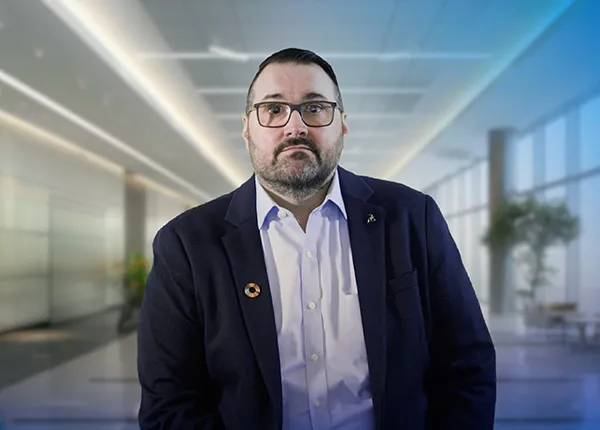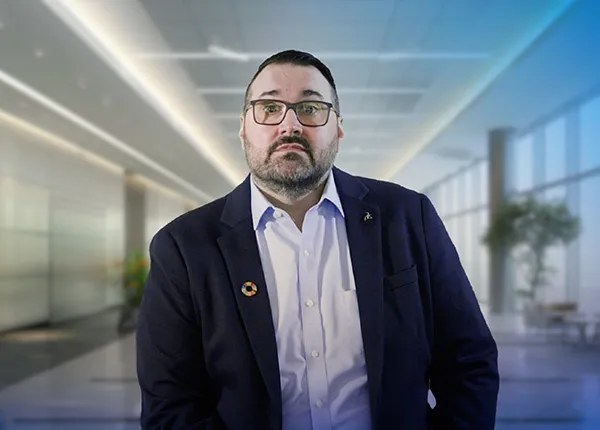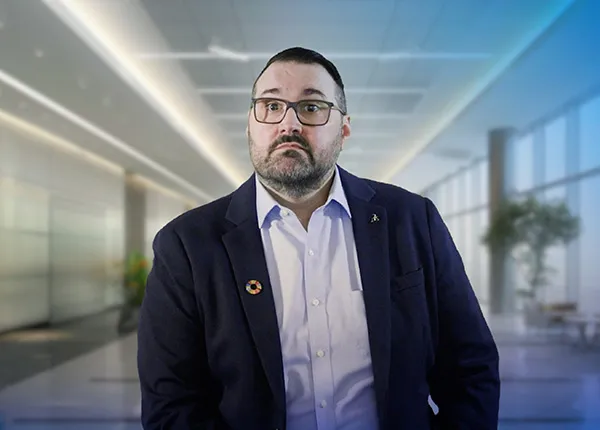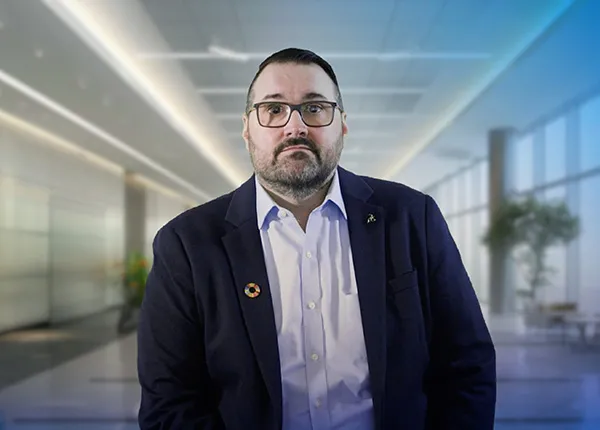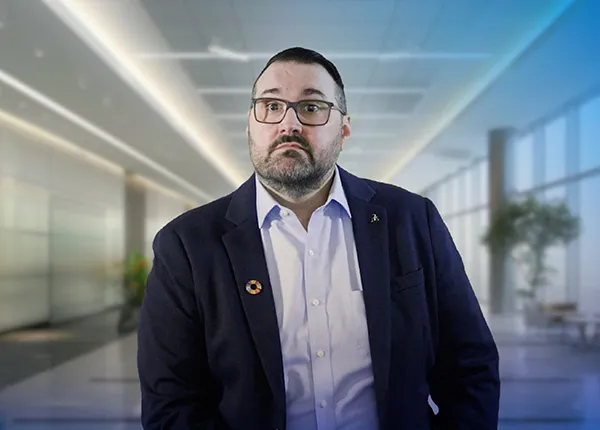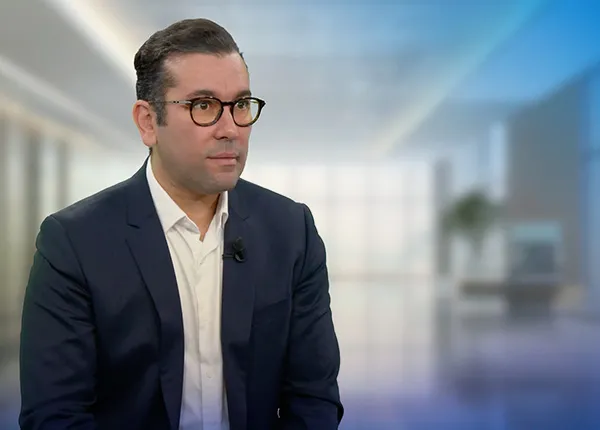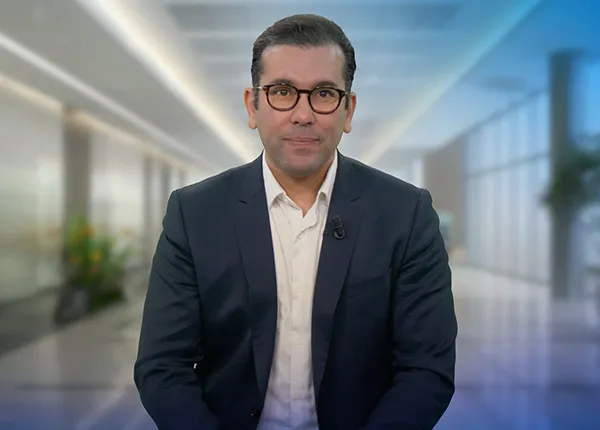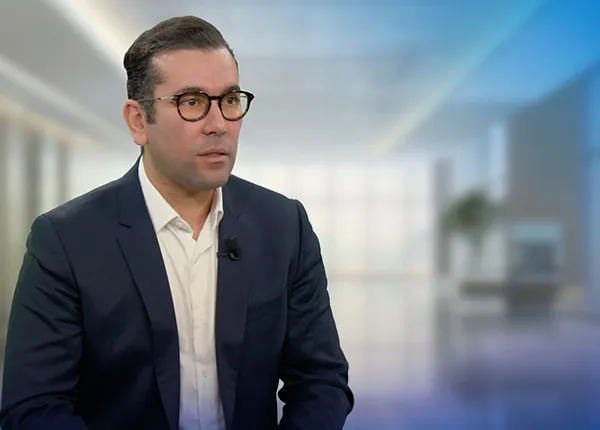Unify Both Macro and Micro Views of the Critical Materials Lifecycle
One platform to unlock the best of both worlds for complete value network clarity.
Critical materials such as copper, lithium, nickel, cobalt and rare earth elements (REEs) are essential for the clean energy transition. From wind turbines to solar panels and electric vehicles (EVs), clean energy technologies are escalating demand for large quantities of critical materials.
The International Energy Agency (IEA) reports that:
- An EV requires six times the mineral inputs of a conventional vehicle
- An offshore wind farm requires 13 times more mineral resources than a gas-fired power plant
How Will We Get There?
The Whole Is Greater Than the Sum of the Parts
Expected mine supply is not enough to keep up with demand, and there’s a high risk of supply disruption due to:
- Finite raw material availability
- The geographic concentration of sources
- Lack of affordable substitutes
This scarcity accentuates the urgency for the critical materials value network to prioritize circular best practices that align with global sustainability efforts. Circularity is not merely an option but a necessity — it extends the lifecycle of materials, transforms waste into resources and minimizes dependency on finite raw resources.
To effectively navigate challenges, the stages in the critical materials lifecycle cannot be viewed separately, without understanding how they fit together as interconnected parts of a broader ecosystem. A holistic, circular approach is required as we shift towards a low-waste, low-carbon generative economy in the face of growing global demand for critical materials.
Break the Take-Make-Waste Cycle

“A regenerative value network enables the generative economy. Recycling, for example, relieves the pressure on primary supply. Studies suggest that by 2040, recycled quantities of copper, lithium, nickel and cobalt from spent batteries could reduce primary supply requirements for these minerals by 10%.
However, recycling practices are not fully established for many materials, and recycling alone doesn’t completely eliminate the need for investment in new supply. This is why we must also consider emerging waste streams from clean energy technologies.”
“As a catalyst and enabler of the generative economy, Dassault Systèmes provides virtual twin experiences that enable the net-zero transition. Critical materials are at the heart of clean energy technologies that support this transition across infrastructure, technology, healthcare and mobility sectors,” de T’Serclaes shares.
She adds, “Virtual twins – whether for product design, manufacturing or the enterprise – increase circularity by providing the transparency and data management required to create a collaborative ecosystem where critical materials can be traced from their extraction and sourcing through end of life.”
Sustainable Practices for Lower Environmental Impact
- Sustainable Sourcing
- Material Innovation
- Eco-Design
- Reverse Logistics
- Recovery Through Disassembly
Sustainable Sourcing
Sustainable sourcing is the first step toward circularity – and tackling emissions in mining and processing is a core focus.
Sustainable practices can be incorporated into upstream operations by:
- Procuring clean energies
- Deploying energy-efficient technologies across sites
- Reusing waste and byproducts as raw materials
Another vital aspect is environmental management, which monitors the impacts of all processes – including water usage, air quality and waste handling – to ensure compliance with regulatory requirements.
Through Dassault Systèmes’ mining solutions powered by virtual twin technology, companies can rethink models, simulate and streamline processes and business strategies — while aligning with environmental, social and governance (ESG) targets and advancing towards net-zero emissions. This synergy between the real and virtual worlds enhances understanding and outcomes, enabling mining operations to catalyze innovation and embed sustainability into operations for responsible and sustainable growth.
Decarbonization is an essential requirement and responsibility for the mining industry. We are shaping the future and redefining the industry’s value with digital solutions to mitigate risks, minimize footprint and maximize efficiency.
Tania Killeen
Head of Mining, Infrastructure,
Energy & Materials Industry,
Dassault Systèmes
Material Innovation
With finite virgin critical materials, ensuring sustainability across the lifecycle alone cannot meet the escalating global demand. To reduce dependency on these resources, material innovation must prioritize developing alternative materials as replacements or complements.
Innovating alternative materials will help industries meet demand while minimizing environmental impact, as well as enhance resource efficiency and drive a more circular, resilient economy.
Dassault Systèmes’ BIOVIA solutions provide a complete modeling and simulation environment designed to allow researchers to predict and understand the relationships of a material’s atomic and molecular structure with its properties and behavior. With an in-silico approach, researchers can optimize material properties without the need for costly physical experiments. Creating virtual twins of composite materials also reduces research and development costs and accelerates the material innovation process.
James Wescott
BIOVIA Roles Portfolio Engineering Senior Manager,
Dassault Systèmes
Eco-Design
Products designed with circular design principles are easier to disassemble and process during their end of life.
At least 40% of companies are in the process of embedding circular design principles during product development and performing lifecycle assessments throughout all phases of product development.
Eco-design focuses on enhancing durability and repairability to extend product lifespans, thereby minimizing the need for additional raw materials. By integrating these principles, companies can make more informed material choices that directly influence a product’s environmental footprint while also creating opportunities for market differentiation.
Olivier Pedoussaut
High-Tech Industry,
Solution Experience Director,
Dassault Systèmes
Reverse Logistics
Moving from a linear supply chain to a circular value network – with a closed-loop system – is the crux of a successful transition to the circular economy.
And reverse logistics is a key component to transforming the value network by providing returned items a second life — whether through resale or refurbishment. It not only supports a circular economy — by reducing the dependence on raw material while also cutting waste — but also adds value, as eco-friendly products often command higher prices and boost profits.
Reverse logistics contributes to building a more sustainable critical materials value chain. Tracking logistics operations helps uncover savings and close efficiency gaps, all while improving customer satisfaction through better service and clear communication about returns.
Jean-Yves Tresson
Industrial Equipment Industry Business Value Consultant Expert,
Dassault Systèmes
Recovery Through Disassembly
The journey from engineering to manufacturing is being reimagined to prioritize products that meet functional needs and contribute to a circular economy.
A critical element of this transformation is the integration of design for disassembly — a strategic approach that ensures materials can be easily recovered, reused or recycled at the end of a product's life:
- Materials are selected for durability, recyclability and compatibility with efficient disassembly processes during engineering to ensure easy reuse
- Built-in disassembly features are key to minimizing waste during production when planning for disassembly in manufacturing
- By planning end-of-life recovery through disassembly, products are taken apart to recover high-value materials
By integrating design for disassembly into the engineering-to-manufacturing pipeline, businesses can ensure materials are not merely consumed and discarded but are preserved, reclaimed and reintroduced into the production cycle. By enabling the efficient recovery of valuable resources, companies can reduce reliance on virgin materials, conserve natural resources and minimize environmental degradation.
Karim Fradj
ENOVIA Quality and Sustainability Director,
Dassault Systèmes
Raising the Bar Across Industries
An integrated platform serving as a critical materials innovation hub is pivotal to achieving full visibility and traceability in the critical materials value network. How has Dassault Systèmes’ 3DEXPERIENCE® platform helped industry leaders innovate and drive their sustainability agenda?
Bold Valuable Technology designs, tests, manufactures and delivers high-performance, finished battery systems and lightweight structure solutions.
“We have to go through different development stages very fast and maintain traceability for every single component that we’re developing and ultimately launching into production. With the 3DEXPERIENCE platform, we can push the boundaries of what’s achievable and deliver the best technology to our customers."
Gerard Torres
Chief Operating Officer,
Bold Valuable Technology
Envision Group provides renewable energy system solutions and is a carbon-neutral technology partner.
“Our processes from order acquisition and production planning to logistics, on-site operation and maintenance services must be seamlessly connected so that we can achieve timely delivery to our customers while gaining control of our global supply chain and meeting our carbon neutrality goals.”
Shao Chunlei
Global Supply Chain Vice President and International Project Delivery and Service General Manager,
Envision Group
Verkor is pioneering the development of EVs and producing next-generation lithium-ion batteries in its first gigafactory.
“Our collaboration with Dassault Systèmes will enable us to address the end-to-end product lifecycle process with the 3DEXPERIENCE platform.”
Christober Raj
Head of Digital,
Verkor
Got a Question? Get Your Answers.
Key insights about critical materials from Dassault Systèmes’ sustainability experts.
